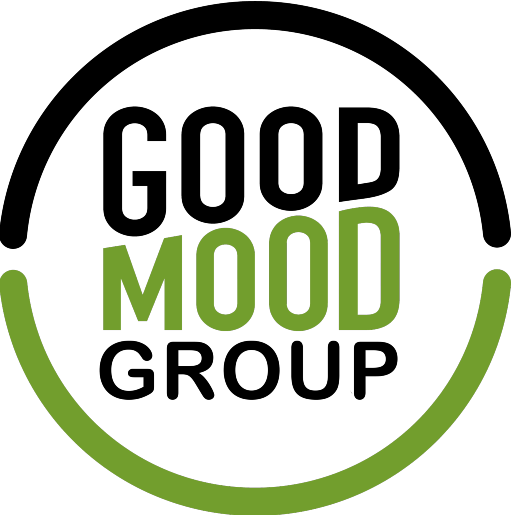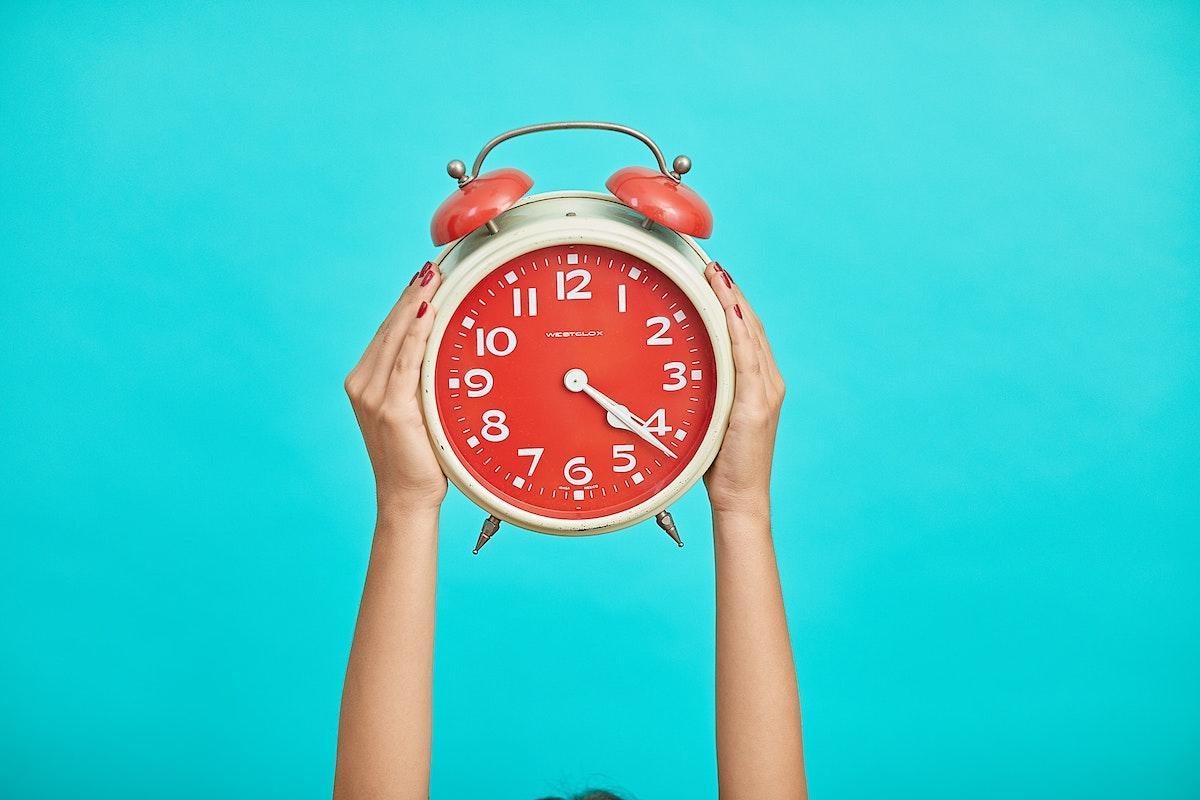
In this article, our expert Dr Tony Boutagy – reviews The effect of acute sleep deprivation on skeletal muscle protein synthesis and the hormonal environment by Séverine Lamon et al. 2021, and breaks it down to give us the vital parts we need to know.
1) What was the high-level summary of the research?
A single night of sleep deprivation can induce considerable effects on, muscle breakdown (catabolism) – by causing a significant reduction in both muscle growth by 18% and the growth (anabolic) hormone testosterone by 24%. Further, the researchers found that the muscle breakdown (catabolic) stress hormone cortisol increased by 21%.
The findings of this study provide the support for long-term observations that show that a reduction in sleep has negative consequences on body composition.
2) What did the study try to measure?
Inadequate sleep duration has been demonstrated in several studies to negatively impact numerous aspects of health, especially metabolism and brain function.
For example, short sleep impairs how well you can control your blood glucose and increases the risk of developing type II diabetes while also reducing cognitive function and mental performance.
Research has also demonstrated poor body composition – increased fat mass and decreased muscle mass – in those individuals who sleep less than 6 hours per night.
Human muscle is in a constant state of breaking down and rebuilding. If rebuilding occurs to a greater magnitude than the rate of breakdown, then we gain muscle tissue over time. Periods of marked inactivity or bed rest cause breakdown to exceed the rebuilding process, and the loss of muscle mass follows.
To measure the short-term flux (breakdown vs. rebuilding) of muscle protein balance, researchers can examine the synthesis of new muscle proteins in response to a variety of interventions, such as exercise modes, food types and in this instance, sleep deprivation.
This study aimed to explore the mechanisms that can cause the negative change in body composition observed in those who experience short duration sleep by investigating the effect of sleep deprivation on muscle mass.
In addition to measuring the synthesis of muscle proteins in response to sleep deprivation, the researchers also examined the levels of the growth hormone, testosterone and the muscle breakdown (catabolic) stress hormone, cortisol.
3) How was the study undertaken?
Thirteen young adults who were sleeping on average 7 hours per night were studied under two conditions: (1) a full, normal night of sleep and (2) complete sleep deprivation. The sleep environment, temperature and provided food were all carefully controlled. The next day after both sleep conditions, small biopsies of muscle were taken, and blood was drawn to examine markers of protein synthesis and hormones.
4) What did the study find?
This study found that one night of complete sleep deprivation resulted in an 18% reduction in muscle protein synthesis and this was accompanied by a decline of 24% in the growth (anabolic) hormone testosterone and a 21% elevation in the break down (catabolic) stress hormone cortisol.
5) Is there any other research out there that supports these findings or contradicts it?
This study provides the actual mechanism behind the well-known observations that short sleep duration results in poor quality body composition. Previous investigations have observed reductions in muscle mass and testosterone and increases in cortisol with sleep restriction, and this study found the same using a model of complete sleep deprivation.
6) How much weight should we give this research?
This study used complete sleep deprivation as the intervention. Care should be given when attempting to extrapolate these results directly to those who have slept less than the recommended 7.5 to 9 hours per night. However, the results support previous research that has demonstrated reductions in muscle mass and an increase in fat mass when sleeping less than 6 hours per night.
The protocols and methods used in this study provide what is considered to be the ‘gold standard’ level of evidence for providing a link between lack of sleep and muscle turnover, along with the hormones involved in this regulation. As such, we should take the results of this study seriously with respect to the lack of sleep and muscle health.
7) What does this mean for your work/research/industry?
Often viewed as unimportant and wasted time, sleep has been demonstrated to play an extremely important role in maintaining our brain, metabolic and cardiovascular health. Studies like this one show how important sleep is to the quality of our muscle mass.
8) What’s the key takeaway for us to take from this research?
Far from being wasted time, sleep duration should be a priority for those who consider muscle mass, and health in general, important. But don’t fear if you go through periods of your life when you are sleep deprived, such as raising small children or working hard to meet project deadlines. Just understand that over the long term in order to maintain a healthy body composition as you age, you must prioritise your sleep.
9) Will you be doing anything differently because of this research?
No! I already knew how important sleep is to every aspect of our health and do my best to maintain a routine of an 8-hour sleep opportunity and a regular sleep-wake cycle every day, or as best as I can with 3 young children!
Tony Boutagy holds a PhD in exercise science, where his primary interest is in body composition and human performance. Dr. Boutagy shares his time between hands-on coaching in Sydney and online education on topics which include health, exercise and lifestyle.






